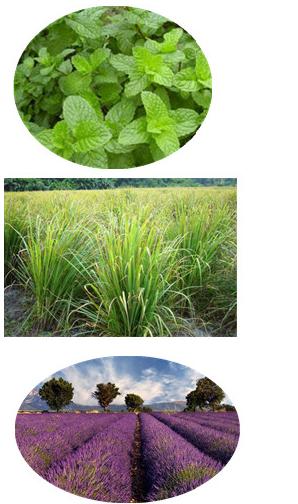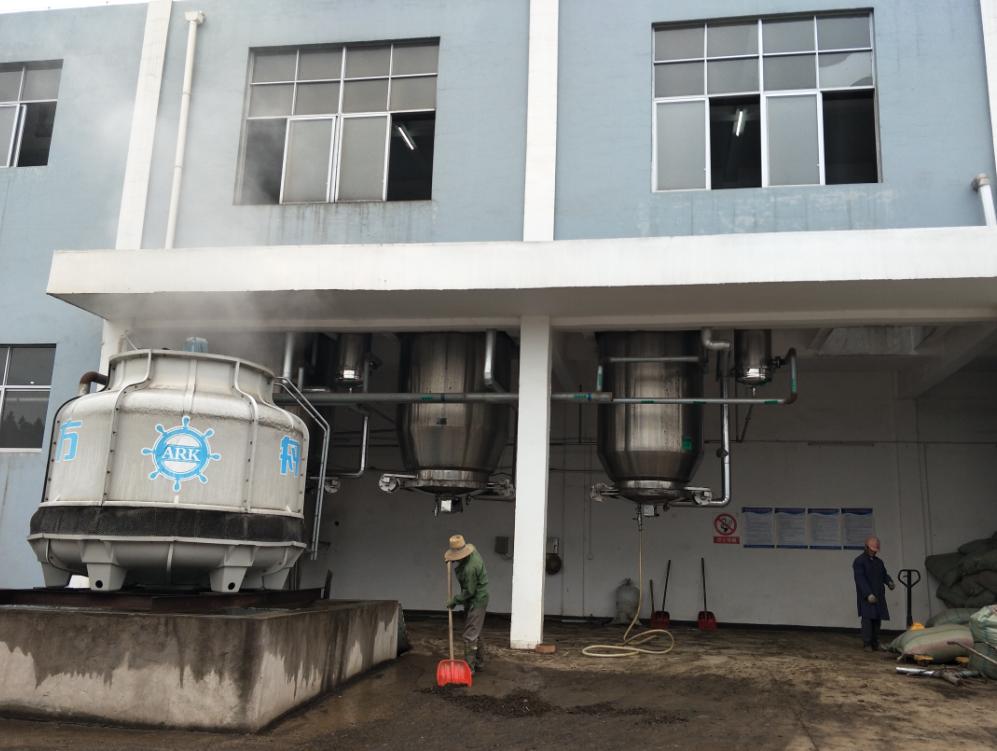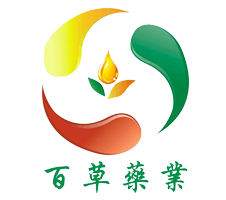
Essential oils are highly concentrated, natural plant-based aromatic fluids that offer a wealth of benefits when used safely in aromatherapy, skincare, personal care, spiritual and other wellness and mindfullness applications.
Essential oils, contrary to the use of the word oil, are not really oily-feeling at all. Most essential oils are clear, but some oils such as blue tansy, patchouli, orange and lemongrass are amber, yellow, green or even dark blue in color.
Essential oils are extracted mostly using distillation and expression. Some of the methods used are steam and/or water distillation, solvent extraction, absolute oil extraction, resin tapping, and cold pressing. The method of extraction employed depends on the quality of the material used and the type of aromatic product that is required.
Extraction of essential oils are long and expensive process. Some plant materials like flowers are subject to deterioration and are processed as soon as possible after harvesting; others, including seeds and roots, can be stored or transported for extraction later.

Essential oils are highly concentrated. A very large amount of raw material, several hundred or even thousands of pounds, is required to extract a few pound of essential oil. For example, approximately 5,000 pounds of rose petals produces one pound of rose oil, 250 pounds of lavender produces 1 pound of lavender oil and 3000 lemon produces 2 pounds of lemon oil. And this is the main reason why some essential oils are expensive.
Essential oils are highly concentrated, and a little goes a long way. Although they are natural and most smell wonderful, it is important to learn about and respect essential oil safety. Essential oils are highly beneficial and effective when used carefully and with realistic expectations. However, improper use of essential oils can be harmful.
When left undiluted or not diluted adequately, essential oils can pose a risk of sensitization or irritation when applied topically. When not properly diluted, some can also be phototoxic. Prior to topical application, essential oils are first diluted with a carrier oil such as jojoba, sweet almond oil or grape seed oil.
Post time: May-07-2022
